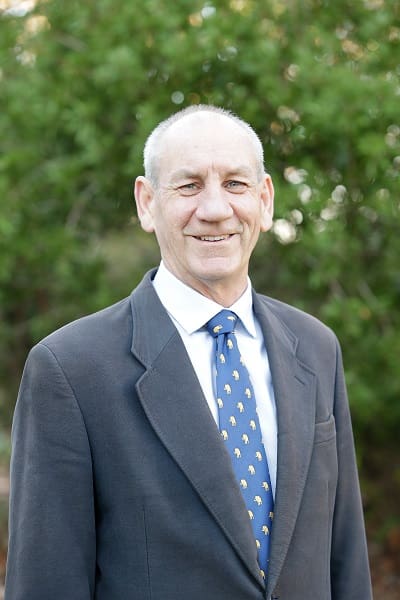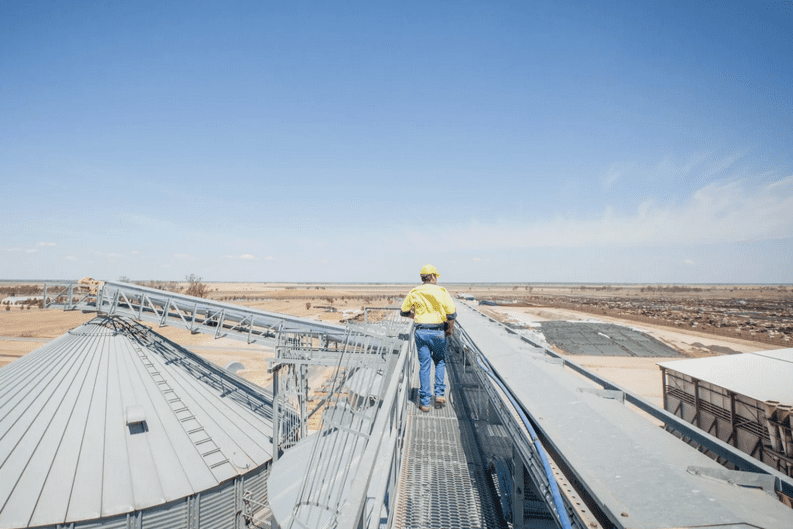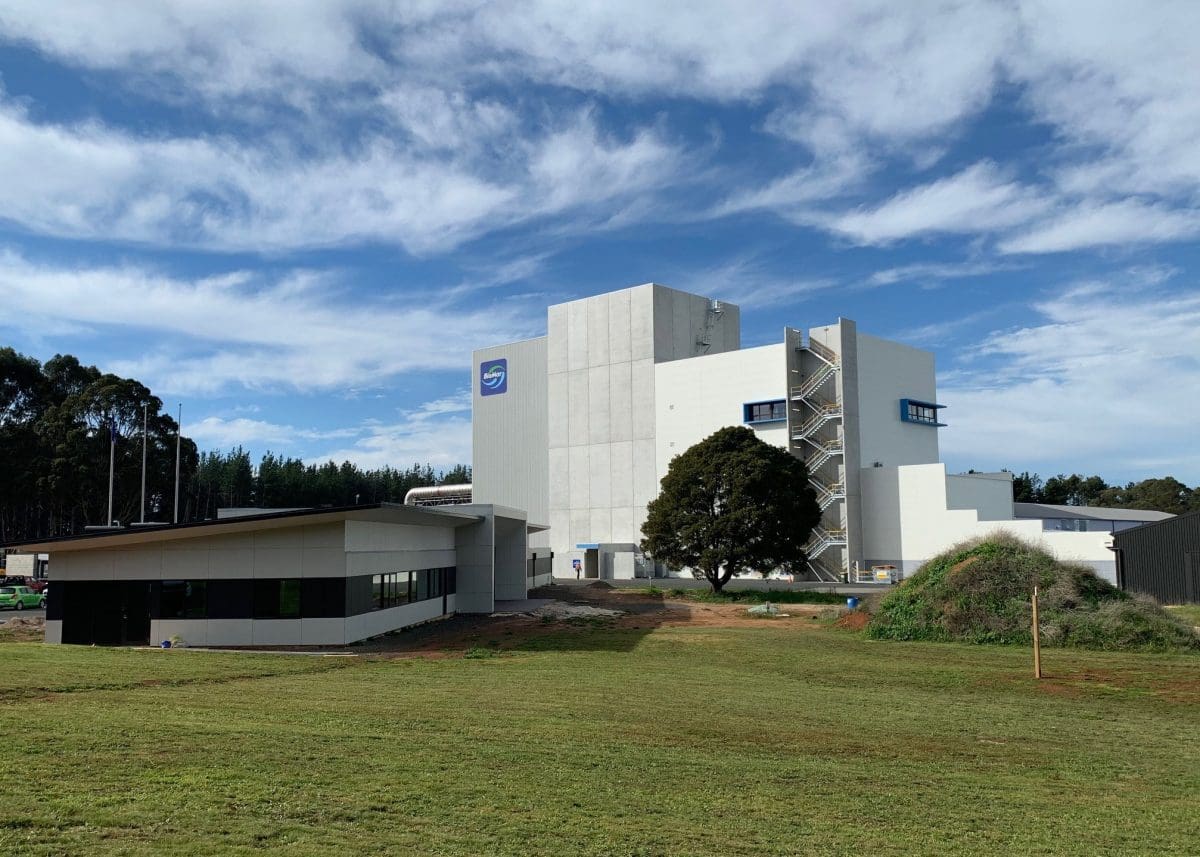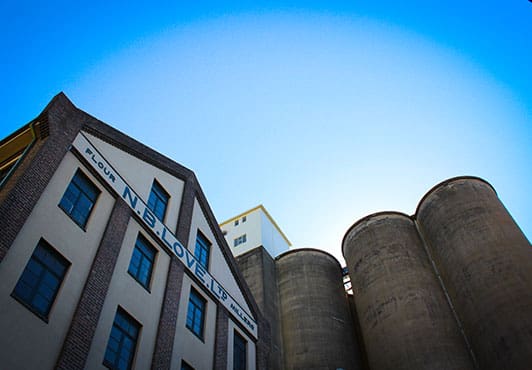FOUR new or expanded feed mills hold the midfield in the list of Australia’s 10 largest grain-use sites behind the Manildra Group’s two biggest facilities, and ahead of two malt houses followed by two mills in the Greater Sydney region.
The list, developed independently by Grain Central, points to the might of Manildra as a processor of grain for industrial purposes and human use.
It also shows that two evenly-matched malt houses are doing the heavy lifting when it comes to Australian malt exports, and that George Weston Food’s Enfield mill is the survivor in Australia’s metropolises.
In market terms, it shows how the big inland players from the Darling Downs of southern Queensland to Geelong in Victoria are spread at intervals of 200-400 kilometres.
While the Australian grain industry relies on export and domestic buyers of all sizes, the domestic heavyweights, along with export parity in non-drought years, play a key role in setting the market.
Click on the map below, or see the table and descriptions of each of the Top 10 sites, plus three possible contenders for coming years, at the bottom of this story.
Rationalisation occurring
Storey Marketing Services principal Ron Storey said while the Australian grain industry tended to speak of large export customers as its big buyers, the domestic market was the No. 1 consumer.

Ron Storey
“At around 14-15 million tonnes per annum every year, our largest grain buyer is our domestic market,” Mr Storey said.
“Even in this record 2020-21 year, domestic consumers will take 30 per cent of the crop.
“In the recent 2018-2020 drought years it was more like 50pc, with grain being hauled across several state borders to meet demand which is concentrated on the east coast.”
Meanwhile, some domestic sites have closed to make way for bigger operations like Ingham’s Murray Bridge and Ridley Wellsford.
“Rationalisation in the flour, malt and feed industries of the past 20 years has seen a concentration of processing at a range of mega sites.”
Mr Storey said this has brought two important side-effects in the market.
“First, these regional grain sinks create their own demand, with drawing arcs which drive a localised basis for that region which benefits the growers.
“Buying local grain is always cheaper than hauling it in from out of zone.
“Second, it creates regional supply chains.”
Impact on logistics
Of the 10 largest sites, Wellsford, Hanwood, Murray Bridge, and Grassdale are road only, while the six others offer road and rail access.
“They need to tick over 365 days a year on a 24/7 timetable, because typically the storage facilities at the processors is limited, and the chooks, cows, pigs and malt and flour and oil customers need to be fed every day.
“As well, once the investment in value-adding is made, those asset owners want to keep running at capacity and keep their customers.”
The northern end of the new Inland Rail line linking Melbourne and Brisbane is currently under construction, and the line is due to open in coming years.
“Something to watch therefore in the next few years is how Inland Rail might reshape parts of that market, where north-south movement of grain becomes more competitive to feed the large grain-processing sinks.”
Sources within the grain industry have said large modern or modernised sites make for fast and efficient delivery and turnaround, and this can make a slightly lower price attractive if it feeds into an overall efficiency for the transport operator.
“If I can tip somewhere with a B-double or a road train instead of a semi, that’s where I’ll go,” one trader said.
“Smaller mills further away might offer a bigger price, but the convenience of taking in a bigger load has a value that the trade will consider.”

Grassdale is the single biggest grain-use site in Queensland. Photo: Mort & Co
Seasons change
A number of sites in Australia process 100,000-200,000t of grain annually, but their usage fluctuates considerably according to grain prices and/or demand for stockfeed.
Some, like the Dalby Bio-refinery which has processed up to 200,000t of grain into ethanol and byproducts, has closed indefinitely due to unattractive terms of trade.
Worth noting is that the 10 listed plants rely either on inelastic or rising domestic demand for flour or poultry, or export markets.
Stock Feed Manufacturers’ Council of Australia executive officer Duncan Rowland said the rising consumption trend of the sector was still subject to seasonal variations.

Duncan Rowland
“In 2018 and 2019 we saw a dramatic increase, up by maybe 20pc because of increased feed demand during the drought,” Mr Rowland said.
“Now we’re seeing a dip of something like 30pc from those highs due to the abundance of feed in the paddock.”
Mr Rowland said recent and planned projects in Tasmania and Western Australia, and further potential in Queensland, were likely to provide significant new demand.
“NSW, Victoria and Tasmania are going strong, and Tasmania is on the increase purely because of aquafeed.
“Tasmania in the past 18 months has seen mills built to the value of $110 million, and WA is in the process of building and rebuilding mills worth more than $200M.”

BioMar’s plant at Wesley Vale is Australia’s biggest aquafeed mill and Tasmania’s biggest grain user. It produces about 110,000t of feed per annum. Photo: BioMar
The WA investments will provide feed for ruminants, monogastrics and aquaculture.
“When those new mills get built and come on line, we’ll see some closing of smaller mills.”
Mr Rowland said confidence in the livestock, poultry and aquaculture sectors, combined with low interest rates, was prompting some big spends.
“What we’ve got in stockfeed is manufacturing that in general is 50-70 years old.”
Mr Rowland said a government push to support manufacturing in Australia had made now the time for companies wishing to invest to “bite the bullet”.
“This is about consolidation, and companies positioning themselves for the future.”
| Asset | Sector | Location | State | Annual grain use |
| Starch/ethanol plant | Industrial | Bomaderry | NSW | 880,000* |
| Flour mill | Human and industrial | Manildra | NSW | 600,000* |
| Feed mill | Poultry | Hanwood | NSW | 450,000* |
| Feed mill | Poultry | Murray Bridge | SA | 400,000 |
| Feed mill | Poultry and pig | Wellsford | Vic | 260,000 |
| Feed mill | Beef | Grassdale | Qld | 250,000 |
| Malting plant | Human | Forrestfield | WA | 250,000 |
| Malting plant | Human | Geelong | Vic | 240,000 |
| Flour and feed mill | Human, poultry and pig | Enfield | NSW | 240,000 |
| Flour mill | Human | Picton | NSW | 220,000 |
Table 1: Figures in tonnes. Asterisk indicates tonnage not confirmed by the company, or through its previous statements. See below for details on each listed facility. All care has been taken in compiling this list from primary and independent sources, but tonnages may vary slightly from the figures which appear.
Shoalhaven Starches
Manildra Group is owned by the Honan family and opened Shoalhaven Starches in 1970. It is now the largest wheat-starch and gluten plant of its kind in the world, and the biggest distiller of ethanol in Australia and South-East Asia. The plant produces vital wheat gluten and premium proteins used in baking, food processing, petfood and aquaculture, and native and modified starches used in the food, packing, mining and construction industries. Wheat is also used to produce glucose and brewers’ syrups and maltodextrin powder. Its ethanol plant supplies grades for food and beverages, pharmaceuticals and personal care, industrial applications and transport fuels. The facility also produces feed for dairy cows, beef cattle, lamb, sheep and goats. Due to the severity of the NSW drought, the plant was forced to import Canadian wheat to enable it to continue operating throughout 2019 and 2020.
Manildra Flour Mill
The Manildra flour mill opened in the early 1900s and was bought by Jack Honan in the 1950s to supply bakeries in central NSW and Sydney. It was Manildra Group’s foundation asset. The Manildra mill today grinds wheat to produce a range of flours from low-protein biscuit and protein-enriched flours through to specialty household and bakers’ flour for domestic and export customers. The mill also produces The Healthy Baker range of retail flours. It sources wheat from throughout central NSW, and further afield if drought or quality issues impact local supplies. Manildra’s other flour mills are located at Narrandera and Gunnedah in NSW.
Baiada Hanwood
Located just south of Griffith in the Riverina, the mill site was established by the Bartter family in the late 1970s. It transitioned to Baiada ownership in 2009 when Baiada bought Bartter Enterprises, including the Steggles brand and assets. The Hanwood mill has expanded considerably in recent years to provide feed to the farms which supply its adjacent processing plant. It draws grain from within roughly a 200km radius of Hanwood. A 2019 Griffith City Council prospectus put Hanwood’s grain use at 5500t per week prior to the expected doubling in capacity. Baiada is an Australian family-owned company. It has not responded to Grain Central’s request for information.
Ingham’s Murray Bridge
Ingham’s opened its only mill in South Australia in 2019 to supply its expanded operations centred east of Adelaide. The mill produces poultry feed previously sourced through a supply arrangement with Ridley’s, which has since closed its Murray Bridge mill. In a statement released when Ingham’s Murray Bridge opened, the company stated it would now be able to produce 11,000t of feed per week. Poultry rations comprise around 70pc grain, and this equates to annual grain use of 400,000t. Ingham’s is a publicly-listed Australian company.
Ridley Wellsford
Ridley commissioned its new feedmill at Wellsford near Bendigo last year to rationalise its operations in central and northern Victoria. As part of this, Ridley has closed its old feedmill in central Bendigo and divested the site, and is doing the same with its mill at Mooroopna in the nearby Goulburn Valley. The Wellsford mill bundles capacity for Ridley’s closed Bendigo mill and closing Mooroopna mill, and adds a further capacity for 70,000t of feed per annum. Along with Lara and Pakenham in Victoria, and Westbury in Tasmania, Wellsford is one of four plants built by Ridley in the past 10 years. Ridley is a publicly listed Australian company. In 2017, the company was operating a total of 20 mills across Victoria, NSW, Queensland and SA that were producing up to 2 million tonnes a year of finished feeds.
Grassdale Feedlot
Grassdale Feedlot and its mill were built in 2007 and have undergone several expansions. The feedlot now has a capacity for 77,000 head, and is the largest in Australia. Grassdale and the nearby Pinegrove Feedlot, which can hold 9700 head, are located within Mort & Co’s farms which in total crop 2500 hectares of dryland and 900ha of irrigated country. Where possible, Mort & Co value-adds grain grown at its Grassdale and Pinegrove farms through its feedmill. The Mort family has been involved in the Australian pastoral and meat industries since the 1800s, and Mort & Co proprietor Charlie Mort continues the tradition.
Boortmalt Forrestfield
The Forrestfield Malting Plant was built in the 1990s by Joe White Maltings with an initial annual grain use of 100,000t. Since then the maltings had further investment to increase production to service growing export and domestic demand. Its major customers are in Asia, and it also supplies emerging markets including Brazil. The plant is owned and operated by Boortmalt, a division of French cooperative Axereal. Boortmalt acquired all seven Joe White plants in Australia when it bought Cargill Malt’s global assets in 2019. Cargill bought Joe White Maltings from Glencore in 2013 after its Viterra subsidiary acquired the Australian Barley Board and its assets. Western Australia is Australia’s biggest producer and exporter of barley and malt.
Malteurop Geelong
Malteurop’s Geelong Malthouse was built in the 1990s with an annual capacity of 80,000t of malt. In 2018 an adjacent malthouse with an annual capacity of 120,000t of malt was opened in response to growing malt demand from Asia. The expanded malthouse of 200,000t capacity is the company’s only site in Australia. It is one of Malteurop’s three production hubs, the others being in France and the US. The facility now sources 240,000t of barley from Victorian growers, with supplementary tonnage coming from NSW and South Australia. Malteurop is owned by Vivescia, France’s largest grain cooperative.
Westons Enfield

The N.B. Love building is heritage listed, and forms part of the GWF complex at Enfield in Sydney. Photo: Mauri Foods
N.B. Love built the flour mill at Enfield in 1935, and in 1952 built the adjacent Millmaster Feeds plant to make stockfeed pellets. The joint businesses were bought by George Weston Foods (GWF) in 1962. The Enfield site is the last major grain-processing facility left in metropolitan Sydney. Flour produced at the mill under the Mauri banner is used to supply its bakeries, and its brands include Tip Top, Abbotts and Bürgen. The feedmill makes poultry and pig feed for Weston Animal Nutrition. Mauri’s other Australian flour mills are in Northam in WA, North Melbourne, Port Adelaide, and Yeerongpilly in Brisbane, plus three in New Zealand. GWF also has a large feed mill at Bentley in Perth. The parent company of GWF is Associated British Foods.
Allied Picton
This is the newest large-scale flour mill in Australia, and opened in 2008, when Allied Mills was a joint venture between GrainCorp and Cargill Australia. It mills mostly wheat and some maize. It produces White Wings flour, and flour for Goodman Fielder bakery brands including Wonder White and Helga’s. Allied Pinnacle’s other Australian flour mills are located at Tennyson in Brisbane, Ballarat and Kensington in Victoria, Tamworth in NSW, Mile End South in SA and North Fremantle in WA. The mill and other Allied Pinnacle assets have been owned since 2019 by the Qualitas Food Infrastructure Fund, while the milling and baking business is owned by Japan’s Nisshin Seifun Group Inc.
Sites to watch
Whyalla Beef
Prior to the Grassdale expansion, Whyalla was Australia’s biggest feedlot. It was bought by Nippon Meat Packers as a small operation in the late 1980s, and has undergone several expansions since. Wagyu and Angus bloodlines feature heavily in its cattle. Whyalla in recent years was granted approval to expand to 75,000 head, but is still believed to be at around 55,000 head. Once it reaches capacity, Whyalla’s annual grain use is expected to easily exceed 250,000t. Its expansion was held back by limited water during the 2017-20 drought. Whyalla is owned by Japan’s NH Foods Group, which also operates three beef abattoirs in eastern Australia, and a grazing property on King Island.
GWF Kwinana
GWF early this year announced plans to build a new pellet-manufacturing mill for pigs and poultry at Kwinana in Perth. GWF said the mill was expected to process more than 300,000t per annum of Western Australian grain by 2030. GWF is already a significant value-adder of WA grain and lupins at its Bentley plant, also in Perth.
Baiada Tamworth
Recent approvals from the Tamworth City Council and NSW Government authorities have Baiada on track to expand its operations in northern NSW. It already operates the Tangaratta Mill in Tamworth, and this is expected to develop to a similar scale to Baiada’s Hanwood mill in coming years.
Grain Central: Get our free daily cropping news straight to your inbox – Click here

HAVE YOUR SAY